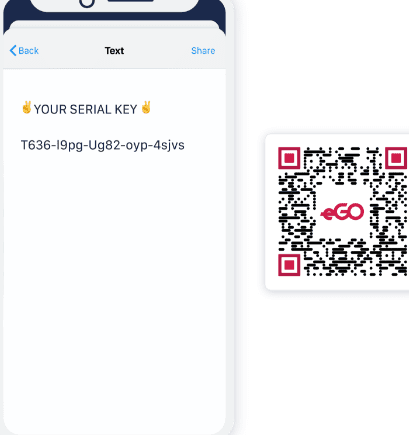Looking to promote your website in a unique way? Create a QR code! With a reliable QR code generator tool, you can follow these easy steps to create a customized code that will make it easier for potential visitors to access your site:
Creating a QR code for your website is a simple process that can help you stand out and attract potential visitors. Follow these steps and start promoting your online presence in a unique and efficient way!
How to create a QR code for a website
Understanding QR codes and their uses
QR codes are two-dimensional barcodes that can store large amounts of information. They were initially created in Japan in 1994 to help track automotive parts. However, QR codes have since evolved, and businesses and individuals use them for a wide range of applications, including advertising, marketing, inventory management, and payment transactions. QR codes are versatile, and they are easy to create and use, making them a popular choice in the digital age.
Why include a QR code on your website?
QR codes are a simple way to link offline content to online information. Including a QR code on your website can help you achieve your marketing goals by:
- Making it easier for customers to access additional information or services.
- Driving more traffic to your website or social media platforms.
- Boosting interaction and engagement between your brand and your customers.
- Increasing your brand’s visibility and sales.
Tip: Ensure that the information provided on your website is mobile-optimized, as most customers will be scanning the QR code using their smartphones.
Researching QR code generators
Before you create a QR code, it is crucial to research and identify the best QR code generator. There are several QR code generator tools available in the market, including free and paid options. Some popular QR code generators include Scanova, QR Code Monkey, QR Code Generator, and QR Stuff.
Choosing the right QR code generator
When choosing a QR code generator tool, you must consider factors such as your budget, features offered, user reviews, and customization options. Some QR code generator tools allow you to track and analyze your code’s performance, while others provide fancy designs and an array of coding formats. Select a tool that suits your business needs and goals best.
Tip: Look for QR code generator tools that provide customization options, such as logo upload, color customization, and design templates.
Customizing your QR code
To make your QR code more visually appealing and unique to your brand, you can customize it by:
- Adding your logo to the QR code image.
- Choosing the color scheme that matches your brand.
- Adding a background image.
Some QR code generator tools, such as QR Code Monkey, QR Code Generator, and Scanova, offer a range of customization options.
Implementing the QR code on your website
Once you have created and customized your QR code, you need to implement it on your website. To embed the QR code on your site, follow these simple steps:
- Choose the placement on your website where you want to display the QR code.
- Generate the QR code image using the QR code generator tool you selected in step 3.
- Download the QR code image to your computer.
- Add the QR code image to your website as you would with any other image file. Alternatively, you can add the image url to a linked image or embed it directly into the HTML code.
Testing the QR code
After implementing your QR code, it is crucial to test it to ensure that it works correctly. Test the QR code using several different smartphone brands and QR code reader apps to ensure compatibility. Make sure that the QR code takes the user to the correct webpage, mobile app, or product page.
Analyzing the QR code’s performance
It is essential to track and analyze your QR code’s performance to evaluate its effectiveness and improve your marketing strategy. Most QR code generators offer analytics features to track the code’s scans, location, and other user data. You can use this data to improve the code’s call to action, change the code’s placement on the website, or modify the content linked to the code.
Tip: Use A/B testing to optimize your QR code’s performance by testing different designs or messages to determine the best engagement and conversion rates.
In conclusion, creating a QR code for your website is a simple and effective way to link offline content to online information. To create a functional QR code, research and select the best QR code generator tool for your brand, customize the code, embed it on your website, test it, and track its performance. The right QR code can enhance your brand visibility, increase website traffic, improve engagement and interaction, and ultimately drive sales.





